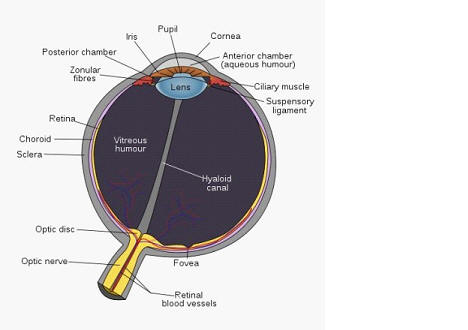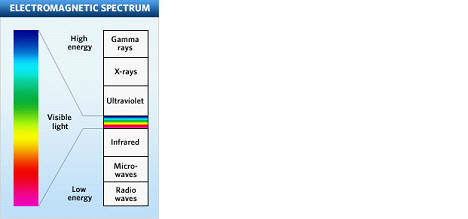

Employees who work outside are at risk for eye problems from UV radiation. Since it appears the cornea absorbs 100 percent of UVB rays; risks of eye damage from UV and HEV exposure change from day to day and depend on a number of factors. Extended exposure to the sun's UV rays has been linked to eye damage, including cataracts, macular degeneration, pingueculae and pterygia and photokeratitis that can cause temporary vision loss. "Snow blindness" is the common term for severe photokeratitis, which causes temporary vision loss usually lasting 24-48 hours. And new research suggests the sun's high-energy visible (HEV) radiation — also called "blue light" — may increase your long-term risk of macular degeneration. People with low blood plasma levels of vitamin C and other antioxidants especially appear at risk of retinal damage from HEV radiation. We recommend wrap around frame styles with the darkest lens colors possible for maximum protection.
Protect your eyes from ultraviolet exposure:
Your eyes are the only internal organ directly exposed to Ultraviolet light
Up to 50% of UV light reaches the eye from the back side of the eyeglass lens
As much as 40% of UV exposure occurs when you’re not in full sunlight
90% of skin cancer is found above the neck
sunglasses are the sunscreen for your eyes to prevent cataracts. Please review our recommendations below for sunglass lens colors
Sunglass lens color guide
Gray #3 all around general purpose color for all activities
Brown highlights changing contours and textures. makes greens look greener and reds - more red. Ideal for golfers, skiing, tennis
Yellow low light conditions such as fog/haze. provides vivid color contrast. Ideal for driving, hunting, shooting, ice skating
Copper good in varying light conditions. maximum contrast of colors. Ideal for hiking, tennis, cycling, driving
Green all purpose enhances contrast in low light & reduces eye strain in bright light. Ideal for tennis, golf, and motorcycles
Black best in bright sun and high glare.
Purple/violet increases contrast in low light conditions. Ideal for golf, skiing, and cycling
Orange increases contrast while blocking blue spectrum of light. Ideal for golf, cycling, skiing
Gold high contrast & depth perception in partly sunny or foggy conditions. Ideal for hunting, downhill skiing, cycling, hiking


UVC rays.
These are the highest-energy UV rays and potentially could be the most harmful
to your eyes and skin.The atmosphere's ozone layer blocks virtually all UVC
rays.
UVB rays. In low doses, UVB radiation stimulates the production of
melanin (a skin pigment), causing the skin
to darken and creating a suntan. These rays are filtered partially by the ozone
layer, but some reach the earth's surface. In higher doses UVB rays cause
sunburn that increases the risk of skin cancer.
UVA rays. UVA rays can pass through the cornea and reach the lens and retina inside the eye.
.... as the temperature rises our thoughts drift to being outside and sunglasses. I usually get two questions this time of year; "which color of lens is the best for my sunglasses?" and "what do you think about Polaroid lenses?" I like to answer these inquiries by demonstrating how each color of sunglass lens can be applied to their outdoor activity. I personally recommend Polaroid lenses provide great protection when enganged in water sports. But Polaroid lenses have in my opinion one significant drawback. These lenses may make hot road surfaces appear slimy, oily, or shimmery which can cause visual confusion. Instruments inside the vehicle can also be difficult to read. Because of this possibility in loss of visual performance, and I believe safety, pilots are advised not to use these type of lenses. One color of sunglass lens color to avoid is Blue as this color allows the highest level of high energy visible light to enter the eye and can cause permanent damage such as cataracts and macular degeneration